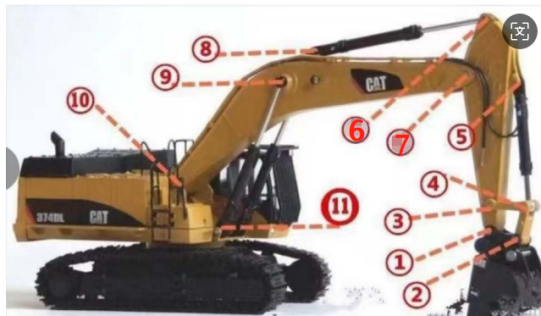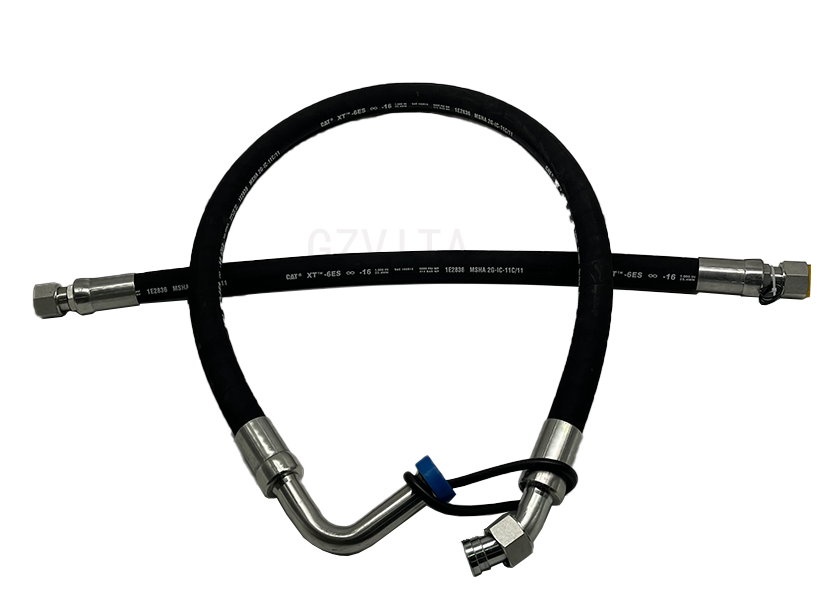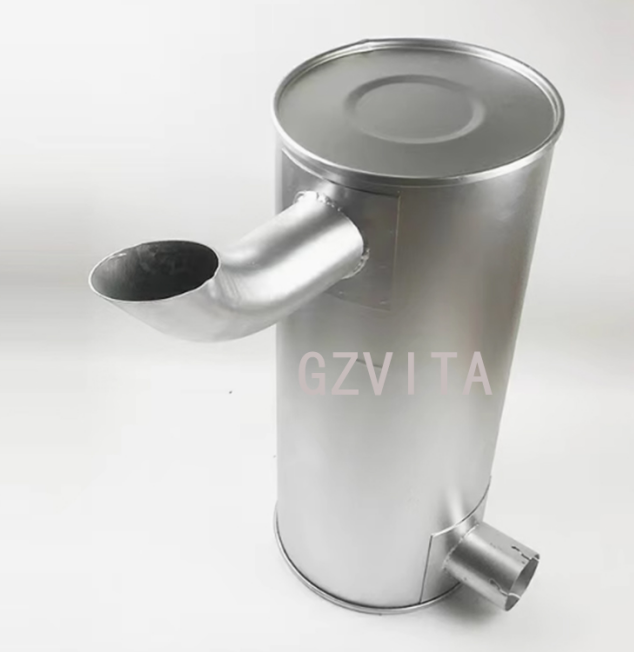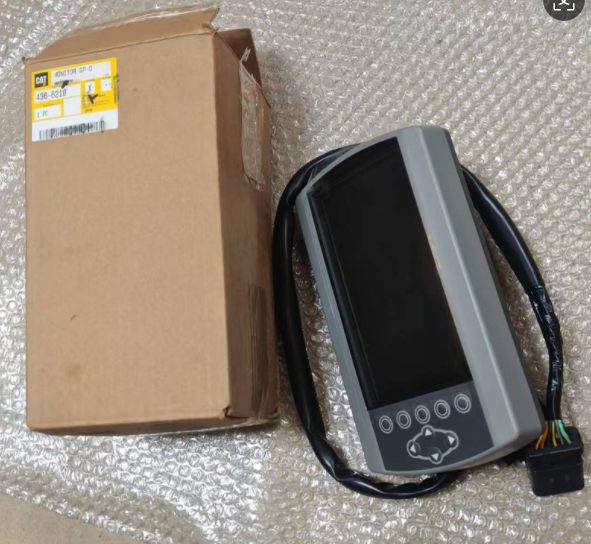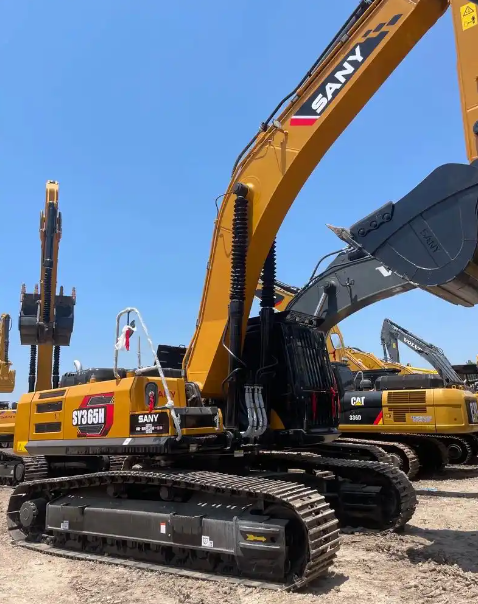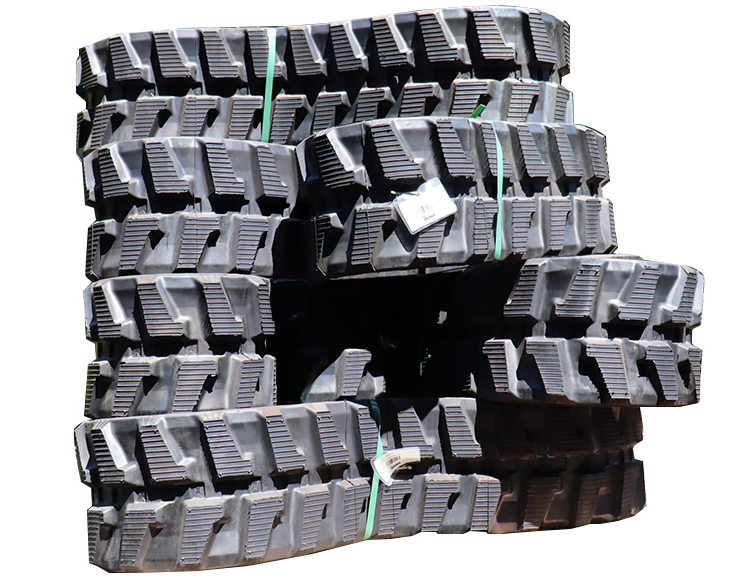 +86 13794985240
+86 13794985240 How many pins and bushing on an excavator?
For example, a typical excavator may have:
Boom Pins: 1-2 pins
Arm Pins: 1-2 pins
Bucket Pins: 1-2 pins
Linkage Pins: Several pins connecting various components
Undercarriage Pins: Numerous pins in the track assembly, including those for the idler, sprocket, and track rollers.
In total, an excavator can have anywhere from a dozen to several dozen pins and bushings. For precise information, it’s best to consult the specific service manual or technical documentation for the particular excavator model in question.
Excavators use various styles of pins, each designed for specific applications and components. Here are some common types of pins used in excavators:
Boom Pins: These pins connect the boom to the house of the excavator. They are typically larger and designed to handle significant loads.
Arm Pins (or Stick Pins): These pins connect the arm (or stick) to the boom. They allow for the articulation of the arm.
Bucket Pins: These pins connect the bucket to the arm. They are often designed to allow for quick attachment and detachment of the bucket.
Linkage Pins: These pins connect various linkage components, allowing for movement and flexibility in the excavator’s operation.
Track Pins: Used in the undercarriage, these pins connect the track links together. They are crucial for the movement of the excavator.
Idler and Sprocket Pins: These pins are used to secure the idler and sprocket wheels in place, which are essential for the track system.
Grease Pins: Some pins are designed with grease fittings to allow for lubrication, reducing wear and extending the life of the pin and bushing.
Quick Coupler Pins: If the excavator is equipped with a quick coupler system, these pins allow for the rapid attachment and detachment of various attachments.
Each type of pin may have different designs, such as tapered, straight, or threaded, depending on the specific requirements of the excavator and its components. Proper maintenance and replacement of these pins are essential for the safe and efficient operation of the excavator.
The quality of pins and bushings on an excavator can vary significantly based on several factors, including the manufacturer, material used, design specifications, and intended application. Here are some key aspects to consider regarding the quality differences:
Material Composition:
High-Strength Steel: Premium pins and bushings are often made from high-strength steel alloys that provide better wear resistance and durability.
Heat Treatment: Some manufacturers use heat treatment processes to enhance the hardness and toughness of the pins and bushings, improving their performance under stress.
Manufacturing Standards:
OEM vs. Aftermarket: Original Equipment Manufacturer (OEM) parts are typically designed to meet specific standards and tolerances set by the excavator manufacturer. Aftermarket parts may vary in quality, with some being comparable to OEM and others being of lower quality.
Quality Control: Reputable manufacturers implement strict quality control measures during production to ensure consistency and reliability in their products.
Design Features:
Precision Engineering: High-quality pins and bushings are often designed with precise tolerances to ensure a proper fit and reduce wear over time.
Lubrication Features: Some pins and bushings come with built-in lubrication grooves or fittings, which can enhance their longevity by reducing friction and wear.



